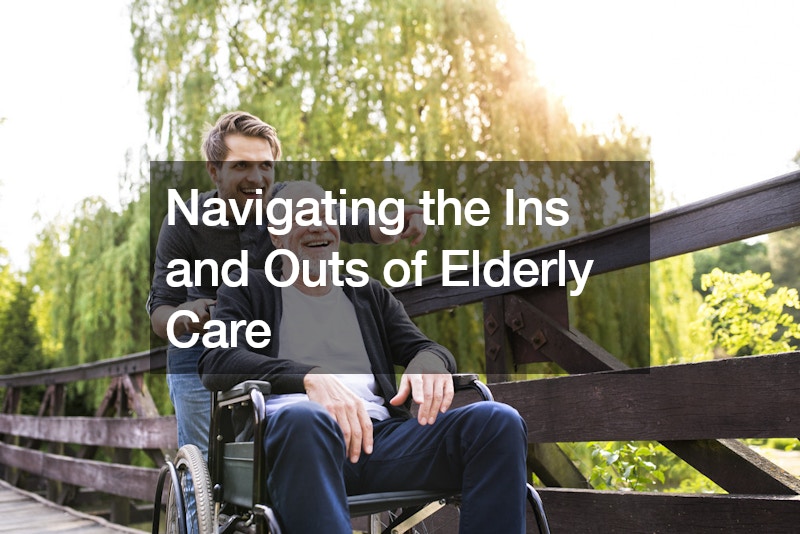As individuals age, there often comes a point where they may require additional care and support beyond what can be provided by friends, family members, or local community programs. This is where facility-based long-term care, commonly known as elderly care, can play a crucial role in ensuring the well-being and quality of life of older adults. Understanding the various types of care available and navigating the options can be overwhelming, but it is essential for making informed decisions that best suit the needs of elderly individuals and their families.
Types of Elderly Care Facilities
One of the most common forms of elderly care is nursing homes. Nursing homes are designed to provide 24-hour housing, healthcare, and personal services for older adults who require ongoing medical care and supervision. These facilities often offer rehabilitation services to help residents recover from illness or injury. Nursing homes can be particularly beneficial for older adults with complex medical needs or those who require round-the-clock supervision and assistance.
Continuing care communities are another option for elderly care, offering a range of services that cater to different levels of care within one location. These communities may include assisted living facilities, which provide some supervision and assistance with daily tasks, as well as independent living options for individuals who can still live on their own but may benefit from the amenities and social opportunities offered by a community setting.
Assisted Living and Independent Living
Assisted living facilities typically offer housing with personal care services, such as help with medication management, grooming, and meal preparation. Residents in assisted living facilities live in their own apartments or rooms and have access to communal areas where they can participate in activities and socialize with other residents. Independent living options within continuing care communities allow older adults to maintain their independence while still having access to support services and amenities, such as recreational activities and dining options.
Navigating Elderly Care Options
When considering elderly care options, it is essential to visit potential facilities in person to get a sense of the environment and the level of care provided. Speaking with administrative staff, current residents, and their families can provide valuable insights into the quality of care and the overall atmosphere of the facility. Additionally, verifying that the facility is licensed and accredited can help ensure that it meets regulatory standards for safety and quality of care.
Addressing Specific Needs and Preferences
In addition to exploring the various types of elderly care facilities available, it’s crucial for families to consider the specific needs and preferences of their aging loved ones. Every individual has unique requirements, preferences, and priorities when it comes to care, and finding a facility that aligns with these factors is essential for promoting comfort and well-being.
Financial Considerations and Emotional Support
Furthermore, families should inquire about the facility’s policies regarding visitation, communication with residents, and involvement in care planning. Maintaining regular communication with staff and staying involved in the care process can help ensure that the needs of the elderly individual are being met and that any concerns or issues are addressed promptly.
Another important aspect to consider is the affordability of the elderly care facility. Long-term care can be costly, and families should carefully review the fees and payment options associated with each facility to ensure that they are financially sustainable in the long term.
Lastly, transitioning to elderly care can be a significant adjustment for both the individual and their family members. It’s essential to approach the decision with empathy, understanding, and open communication. Encouraging the elderly individual to voice their concerns, preferences, and desires can help foster a sense of autonomy and dignity in the decision-making process.
Conclusion: Ensuring Quality Care for Aging Loved Ones
In navigating the complexities of elderly care, families must prioritize the well-being and comfort of their loved ones. By thoroughly researching options, understanding specific needs, and maintaining open communication, families can ensure that aging individuals receive the quality care and support they deserve in their later years, promoting dignity, autonomy, and overall happiness.
Elderly care encompasses a range of services and facilities designed to meet the diverse needs of older adults as they age. Whether it’s nursing homes, assisted living facilities, or continuing care communities, understanding the available options and making informed decisions is vital for ensuring the comfort, safety, and quality of life of elderly individuals receiving care. By exploring different options, seeking information, and visiting facilities in person, families can find the right level of care and support to meet the unique needs of their aging loved ones.
.







